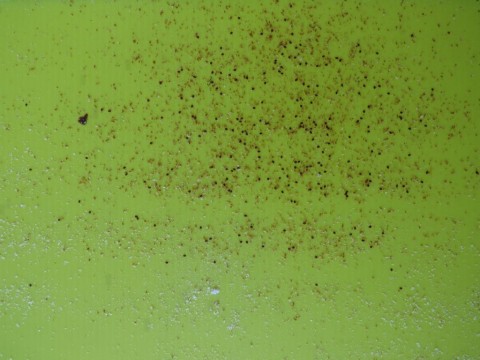
Snow in the "Shire"!
Second time this year, that it’s snowed. so went down to the apiary, to check on the bees, and took some photos in the glorious sunshine.
The colonies were treated by vaporising with oxalic acid crystals, one week ago, to reduce the levels of phoretic varroa destructor mites, which at this time of year are actually living on the honey bees (Apis mellifera), because my colonies are broodless at present.
The varroa destructor mite was introduced into the UK, in 1992, honey bees (Apis mellifera) have no natural defence to it, and we need to check regularly, as part of our integrated pest management, to ensure the levels are kept low, it cannot be completely eradicated (yet!), over populations of varroa destructor, can lead to colony collapse, it’s also a vector for disease and viruses in honey bees (Apis mellifera). Varroa destructor reproduce by female mite enters the brood cell, with bee larva, just before the cell is capped, and lays her eggs on the bee larva, when the cell is uncapped, out come the young mites. So, no brood, no larva, all the mites on on the bees, so an easy target to treat, hence why we treat in broodless periods, between November – February.
How do we know, they have mites, we use a sticky inspection board, inserted into the bottom of the hive, the mites drop off the bees, and stick on the board, and then we count them! (yes they can easily be seen with the naked eye!).
and I added 2.5kg of ambrosia fondant to each hive. (An insurance policy, to prevent them starving – to help feed them during the winter period), and they are securely lashed down, using hive straps.
.
Tags: Apis cerana, bees, hives, honey bees, varroa destructor







